Optimal Timing for Tree Removals
Understanding the optimal time for tree removals is essential for safety, efficiency, and minimizing impact on surrounding landscapes. The best time to remove trees depends on various factors including species, local climate, and specific circumstances. Proper timing ensures healthier environments and reduces risks associated with storm damage or disease.
Winter is often considered ideal for tree removal because trees are dormant, reducing stress and sap loss. Frozen ground also makes equipment movement easier and minimizes damage to the soil.
Spring and summer removals can be more challenging due to active growth and foliage. However, in some cases, removal during these seasons is necessary, especially if disease or safety concerns arise.
Tree removals following storms are urgent to prevent further damage or hazards. These are typically performed as soon as it is safe to access the site.
Certain species have specific best removal times to prevent disease spread or to protect nearby vegetation. Consulting with an arborist is recommended for species-specific advice.
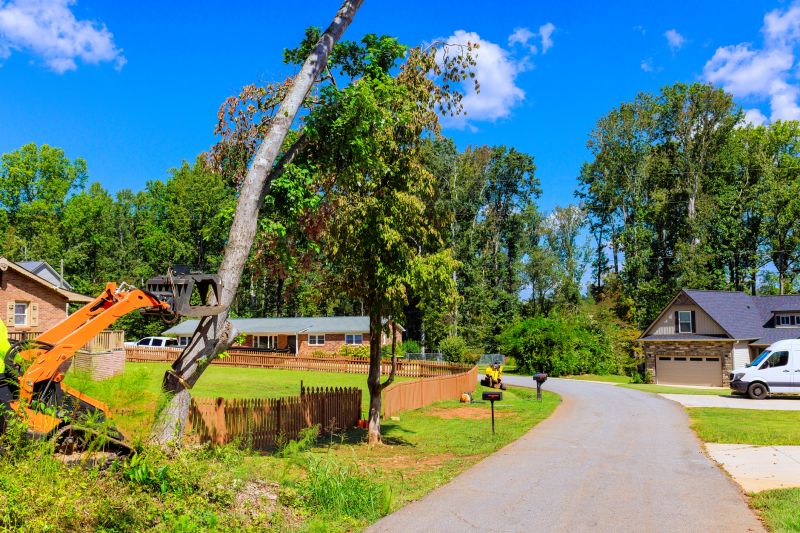
A tree being safely removed during winter months with snow-covered ground.
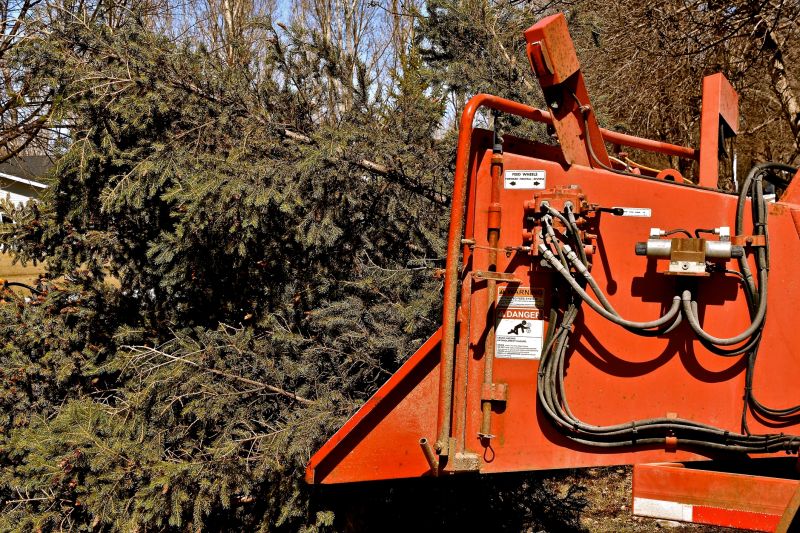
Equipment ready for spring tree removal, with budding trees in background.
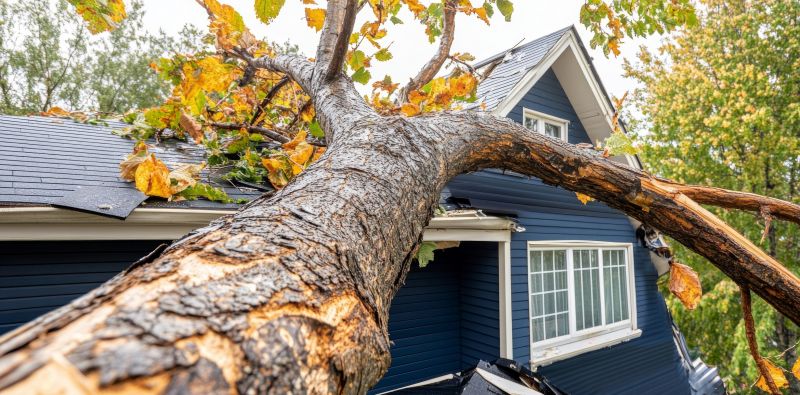
A fallen tree being removed after a storm event.

Ways to make Tree Removals work in tight or awkward layouts.
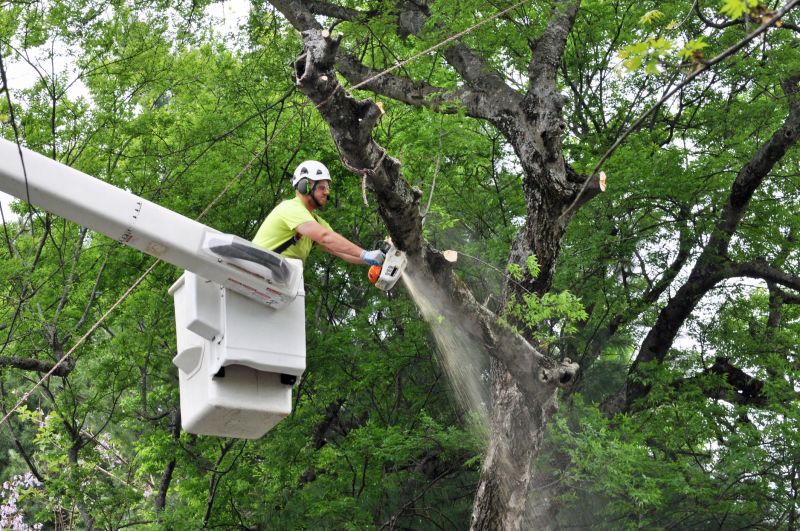
Popular materials for Tree Removals and why they hold up over time.
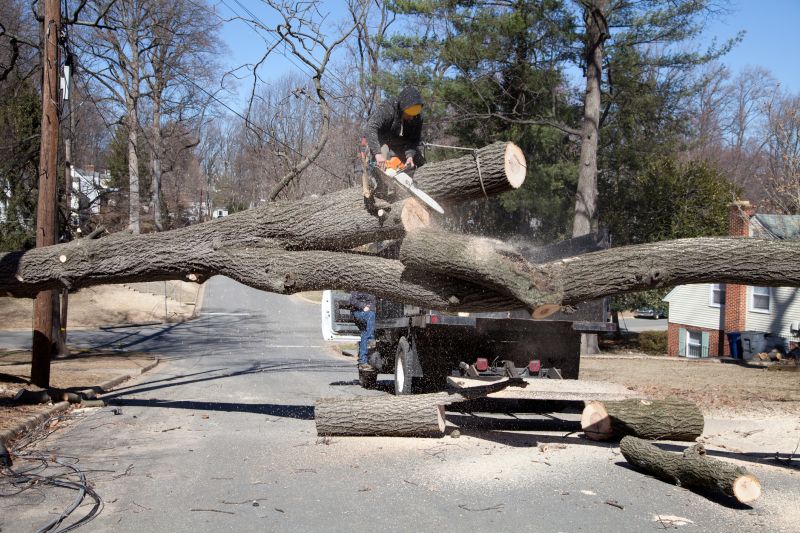
Simple add-ons that improve Tree Removals without blowing the budget.
| Season | Best Practices |
|---|---|
| Winter | Dormant season, ideal for most removals, soil is frozen, less impact on surrounding plants. |
| Spring | Use caution due to active growth; avoid nesting seasons for local wildlife. |
| Summer | Challenging due to foliage; best for urgent removals or disease control. |
| Fall | Moderate, with less leaf cover; suitable for planned removals. |
| Post-Storm | Urgent removals to prevent hazards, regardless of season. |
Tree removals are a complex process influenced by seasonal factors, species characteristics, and environmental conditions. Proper timing can enhance safety, reduce costs, and support the health of remaining vegetation. Consulting with a professional ensures that removals are performed at the most appropriate time for each situation.

Chainsaws and safety gear used during tree removal.
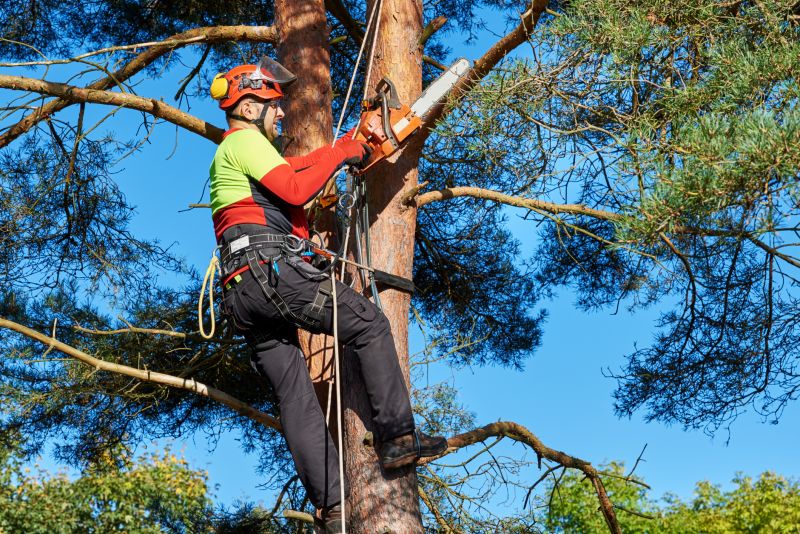
A professional safely cutting a large tree during winter.
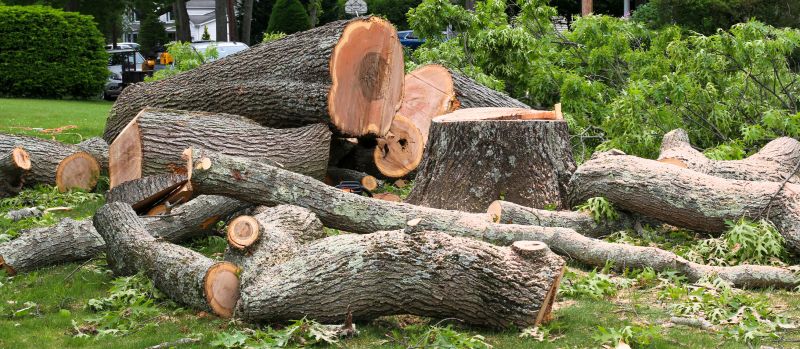
Cleared area after tree removal, ready for landscaping.
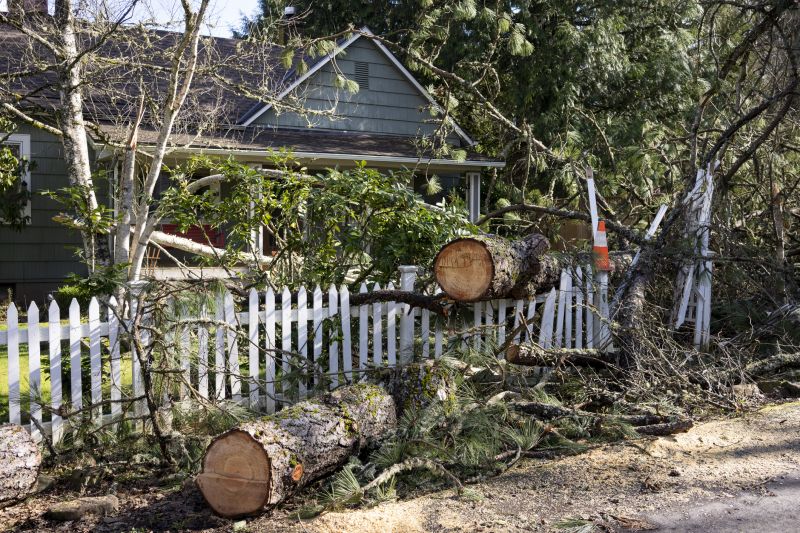
Fallen tree being carefully removed after storm damage.
Interested in scheduling a tree removal or seeking further information? Filling out the contact form provides a straightforward way to connect with local professionals who can assess and perform the work at the most suitable time for the specific situation.

